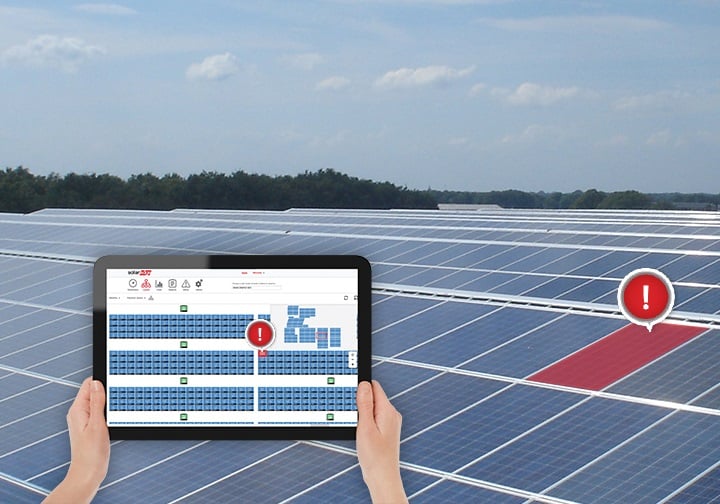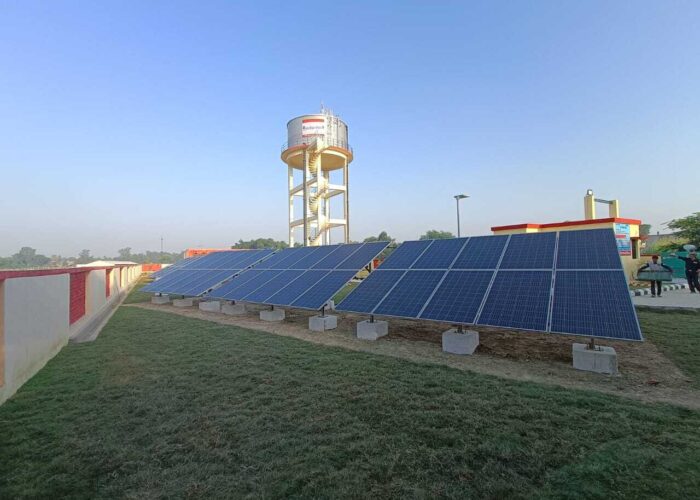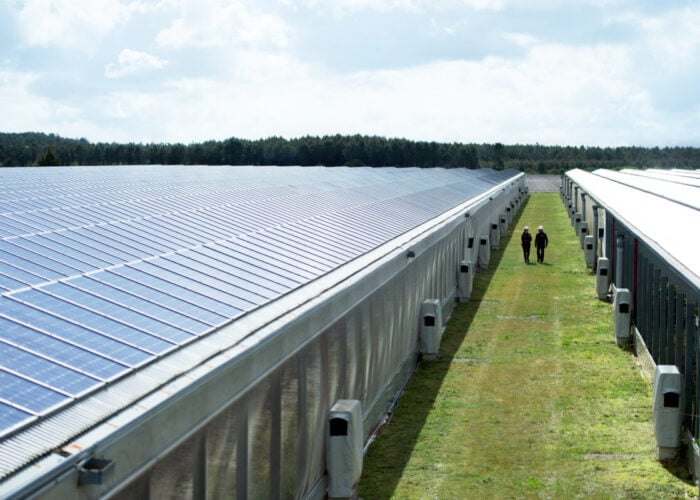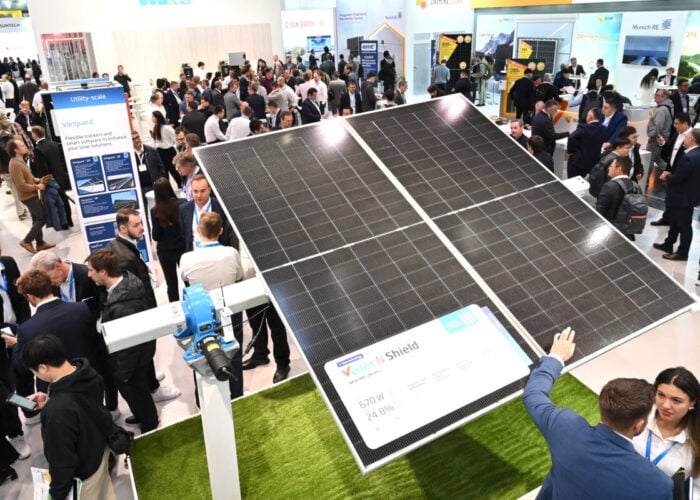SPONSORED: PV installations are no longer solitary and separate sources of energy. They are becoming an influential and integrated part of a distributed grid that can interact in real time. This transition is similar to how personal computers have become part of a larger network. In the early days of computing, desktops had limited functionality and software. However, as computers became more powerful, and more interconnected with instantaneous, bi-directional communication, intricate software became necessary. This is now the case for the PV industry. For PV systems to maximise their impact and continued integration into the grid, dedicated and complex software is becoming increasingly necessary.
Some of the types of software that were initially leveraged by the solar energy industry were ones that supported the development of sites. Both site design and PV simulation software were quickly integrated into the planning and sales process. Site designing software helps to map out sites, manage complicated design limitations, optimise layouts, provide Bill of Materials and more, while site simulation tools are important for analysing the ROI of potential installations. Both of these tools were quickly adopted as indispensable by the industry since they reduce planning, decrease quotation time, and optimise sites for improved ROI. Another software solution that is becoming increasingly popular is designed for improving commissioning. These solutions help to streamline the commissioning process and eliminate any redundancies. Yet these tools are limited as they only provide solutions for the initial stages, and PV systems have a life expectancy of 25 years.
Unlock unlimited access for 12 whole months of distinctive global analysis
Photovoltaics International is now included.
- Regular insight and analysis of the industry’s biggest developments
- In-depth interviews with the industry’s leading figures
- Unlimited digital access to the PV Tech Power journal catalogue
- Unlimited digital access to the Photovoltaics International journal catalogue
- Access to more than 1,000 technical papers
- Discounts on Solar Media’s portfolio of events, in-person and virtual
Monitoring software has been developed to address the long-term performance of PV systems, and during the past five years has become nearly ubiquitous in the industry. Before monitoring was adopted by the industry, system owners would make a significant long-term investment and have only minimal insight into performance. This would be similar to never looking at an investment portfolio in the stock market and being unable to make adjustments as desired. While at the same time, for operation and maintenance (O&M) providers, this created a significant burden on their business model as it required multiple trips to the site and more time spent on site in every trip. With the advent of real-time, module-level monitoring with remote troubleshooting, system owners and O&M professionals now have a dashboard to show performance issues. This software not only helps O&M providers optimise their business and provide system owners with control in the palm of their hands, but it also enables higher production and improved ROI.

As the world of solar energy is merging with smart energy management, monitoring software needs to expand to offer a fully integrated dashboard that shows and controls energy production, consumption, and storage. While energy management is becoming more complex, with multiple energy sources, home and automotive consumption options, and a variety of incentive programs, the user interface needs to be increasingly friendly and intuitive. Consumers want one application to manage all their different sources and uses of energy. This type of software that places energy management at the tips of our fingers is truly the key to democratising energy and helping individuals become more energy independent.
As this energy democratisation transpires, grid interconnectivity is becoming incredibly complex. Instead of the grid just dealing with distributed consumption and central generation, it now has to manage distributed generation and storage. This means that not only the individual PV systems need to support quick, bi-directional communication, but the grid needs to manage, in real-time, thousands of different data points in order to support a fully integrated distributed network. This includes limiting PV generation, pulling from storage systems, adjusting voltage, and more, all in order to meet energy demand every second of the day. To perform this type of management, utilities require incredibly powerful software that provides insight and management of energy production, consumption, and storage.
With access to all of this information, the solar industry is able to leverage big data and analytics to improve the industry. At the meta scale, the large amount of solar energy systems installed now enables analysis of the data so that systems can be improved in the future. Using predictive analytics can help the utilities be prepared for dealing with grid instability and can also help infrastructure planners better locate PV systems and storage locations. One of the ways that SolarEdge recently leveraged its monitoring data at a meta level was with its PV eclipse tracking platform.
This continued integration of software into the PV industry will support PV proliferation and integration into the energy mix. For this to be achieved, software solutions need to be introduced at all levels of PV, from the homeowner to utility managers, and they need to be intuitive, easy to use, and incorporate machine learning.

Lior Handelsman, VP of Marketing and Product Strategy, founded SolarEdge in 2006 and currently serves as Vice President, Marketing and Product Strategy where he is responsible for SolarEdge’s marketing activities, product management and business development. Prior to founding SolarEdge, Handelsman spent 11 years at the Electronics Research Department (‘‘ERD’’), one of Israel’s national labs, which is tasked with developing innovative and complex systems. At the ERD he held several positions including research and development power electronics engineer, head of the ERD’s power electronics group and manager of several large-scale development projects and he was a branch head in his last position at the ERD. He holds a B.S. in Electrical Engineering (cum laude) and an MBA from the Technion, Israel’s Institute of Technology in Haifa.







